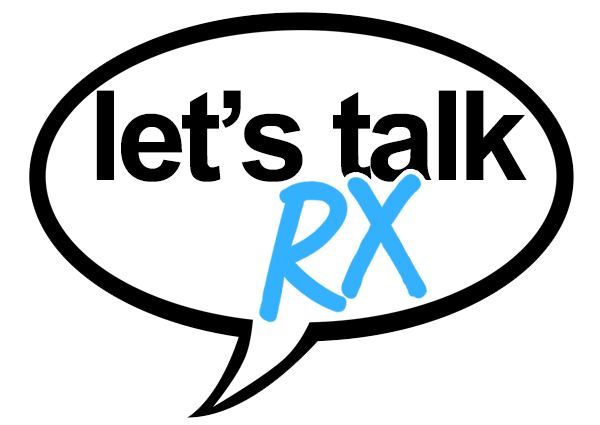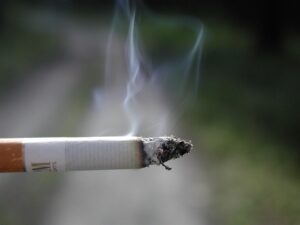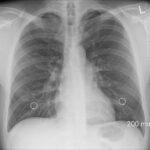When you think about lung cancer, your first instinct might be to associate it with smoking. It makes sense, right? Smoking is a well-known risk factor, and we’ve all seen the ads and heard the warnings. But here’s a mind-blowing fact: Lung cancer doesn’t just affect smokers. In fact, nearly 20% of people diagnosed with lung cancer have never touched a cigarette. So what’s really going on here? If lung cancer can strike non-smokers too, it’s time to dive into the reasons behind it and why everyone — smokers and non-smokers alike — needs to be aware of this growing issue.
First things first: why do non-smokers get lung cancer? Great question! There isn’t just one single answer. For some people, it’s related to genetics. That’s right — your family history can play a role. If you have a close relative who had lung cancer, your risk could be higher, even if you’ve never smoked a cigarette in your life. In fact, some studies have shown that certain genetic mutations can make non-smokers more vulnerable to lung cancer. So, even if you’ve lived a clean life with zero exposure to tobacco, your genes could still increase your chances.
But genetic predisposition isn’t the whole story. Air pollution is another sneaky contributor. We’re all familiar with the hazy skies of big cities, but did you know that inhaling polluted air over time can be just as harmful as smoking? In fact, the World Health Organization (WHO) has classified air pollution as a carcinogen — that means long-term exposure to things like car exhaust, industrial emissions, and even indoor pollutants can increase your risk of lung cancer. It’s not something you can necessarily control, but it’s worth noting how much it can impact your health.
And then there’s secondhand smoke. Even if you’ve never smoked, breathing in the smoke from others can still increase your risk of lung cancer. So if you work in a place where people are smoking or if you live with someone who does, it could be putting you at risk. The good news is that smoking bans in public places and workplaces are helping to cut down on exposure, but it’s still a concern for many people.
Another factor that’s been gaining more attention lately is radon exposure. Radon is a naturally occurring radioactive gas that can seep into homes, especially those with basements or poorly ventilated areas. It’s colorless and odorless, so you won’t know it’s there unless you test for it. And surprise, surprise — radon exposure has been linked to lung cancer in non-smokers. In fact, radon is the second leading cause of lung cancer in the United States.
It’s easy to think that lung cancer only happens to smokers, but the truth is, anyone can be at risk. That’s why it’s so important to pay attention to the signs and symptoms of lung cancer, even if you’ve never smoked a day in your life. Persistent coughing, unexplained weight loss, chest pain, and difficulty breathing are all potential warning signs that shouldn’t be ignored.
The key takeaway here is that lung cancer in non-smokers is real, and it’s becoming more common. Understanding the risks — whether they’re genetic, environmental, or related to secondhand smoke — can help you stay informed and proactive about your health. If something feels off, don’t wait. Talk to your doctor about your symptoms, get screened if needed, and take steps to minimize your exposure to environmental risks like air pollution and radon. By staying informed, you’re giving yourself the best chance at catching any potential problems early, and that can make all the difference.








